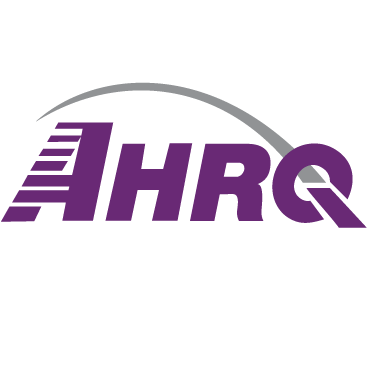

CitiusTech Senior VP and Market Head, Healthcare Providers, John Squeo, shares five game-changing shifts that will redefine the future of US healthcare and unlock a more streamlined, accessible and patient-centric system.

CitiusTech Senior VP and Market Head, Healthcare Providers, John Squeo, shares five game-changing shifts that will redefine the future of US healthcare and unlock a more streamlined, accessible and patient-centric system.

In a multi-year agreement, Zimmer Biomet will commercialize RevelAi Health’s patient care-management platform, care team dashboard for providers, and any future products or services.

The EU Data Act will be applicable from September 12, 2025. Given the consequent steps that will be required to comply with the EU Data Act, medical and health devices’ companies would do well to already commence assessing what they will need to do to comply with it.

Pager Health announces new technology and services for patients and members to engage with providers and care management teams, customer service, and others – all connected in a unified conversation.

The new equity guide provides implementation steps to help developers and users implement the AHRQ Digital Healthcare Equity Framework to ensure new technologies ameliorate, rather than exacerbate, inequities in health care.

Study reveals limitations of large language AI models in medical coding.

Researchers have developed a new machine-learning model that can precisely make prognosis predictions for patients with osteosarcoma, based on the density of viable tumor cells post-treatment.

While the MedTech industry continues to face significant challenges related to regulatory requirements, cybersecurity issues, recalls and lawsuits, leaders in the industry are navigating and overcoming these areas to push innovation forward like never before.

The Digital Medicine Society (DiMe) is partnering with PHTI, ZS, and other leading organizations to develop and launch core components of integrated evidence plans for digital health products to support faster regulatory approval and commercialization.